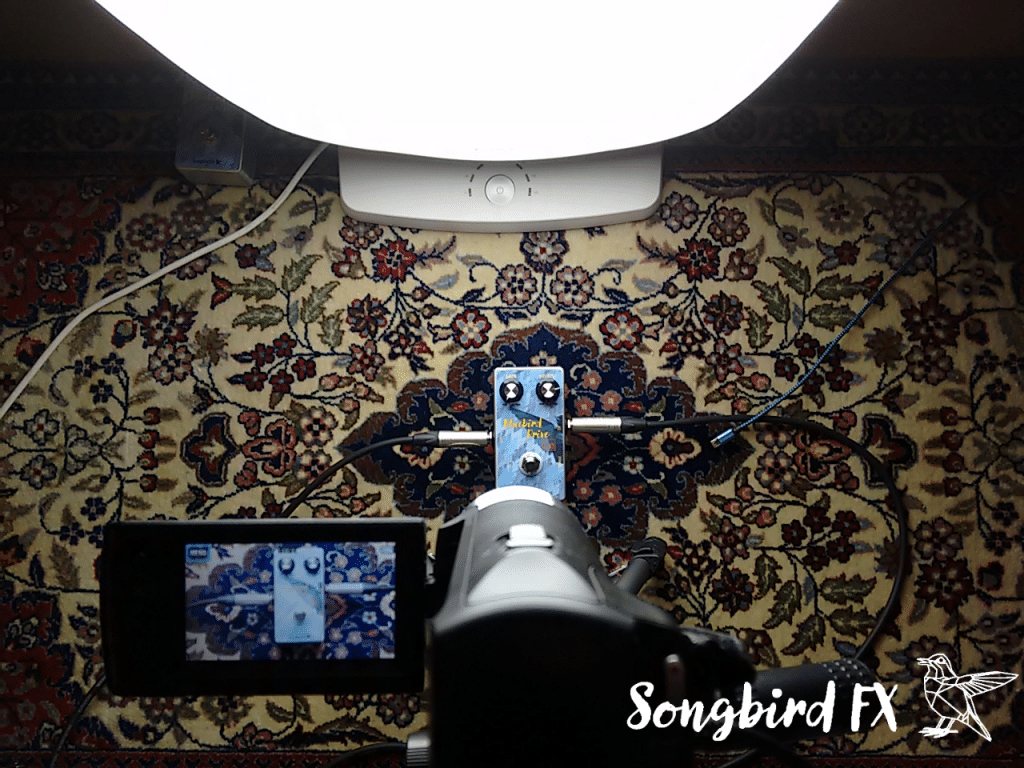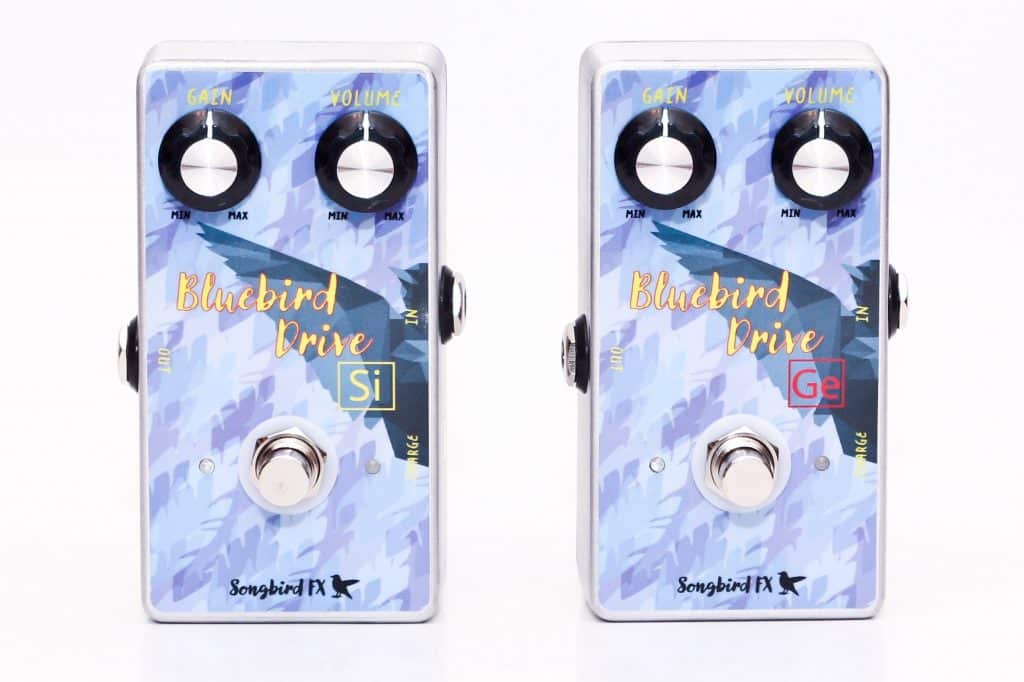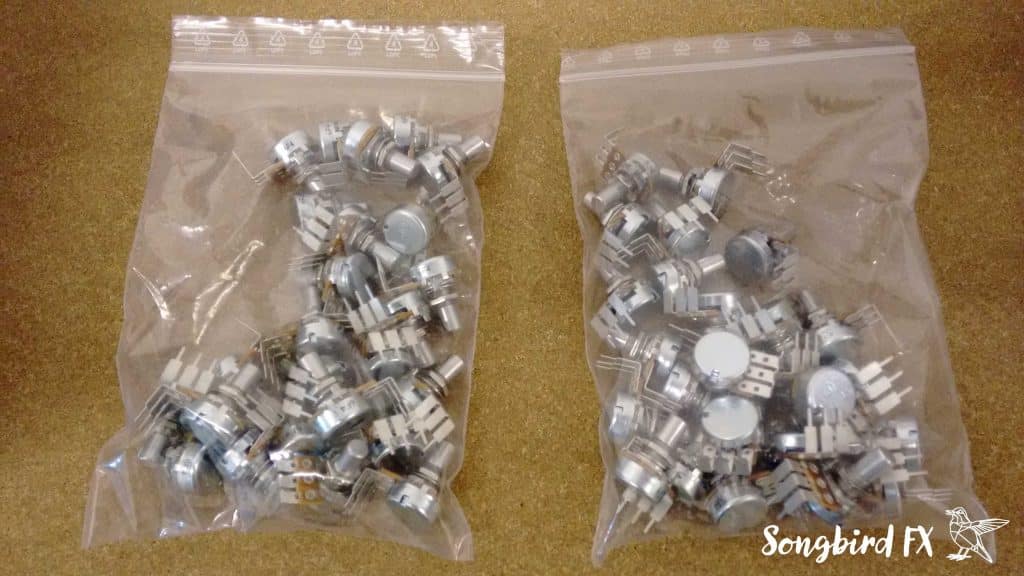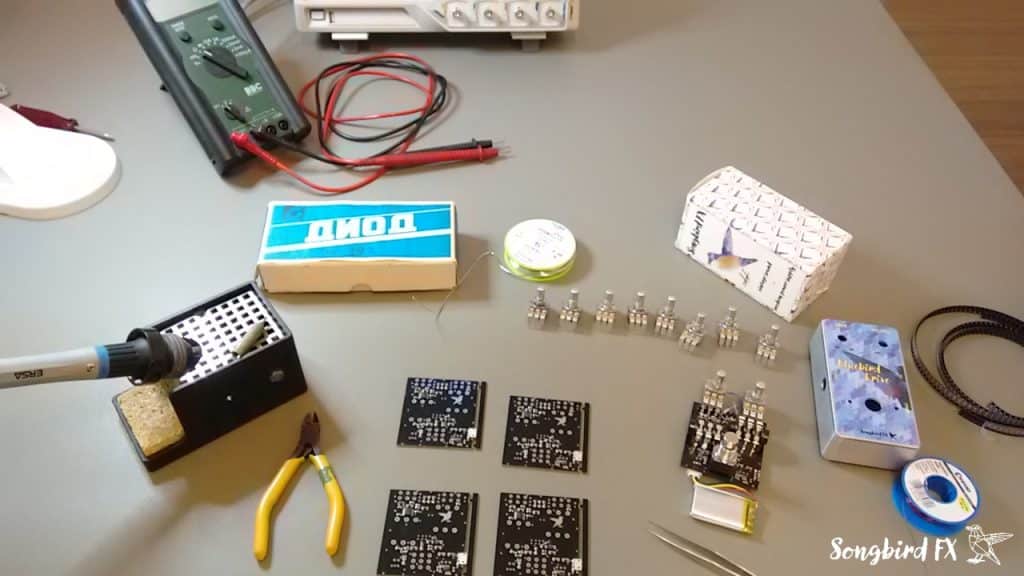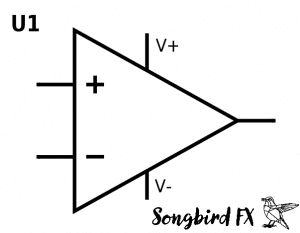
Selecting the right operational amplifier (short: op amp) for your DIY-project can be a hard task. The variety of op amps is comparable to the number of stars in the sky and the number of specifications in the datasheet is sometimes overwhelming, so how do you choose the right op amp for a specific project? In the following I want to give you an overview of the most important datasheet specifications that you should look after. This little guide is addressed to electronics beginners who want to dive a bit deeper into the topic of operational amplifiers.
What Is An Operational Amplifier?
An operational amplifier is basically a differential amplifier with a very high amplification (ideally infinite). It has a non-inverting and an inverting input, an output and of course pins for the power supply. By using feedback from the output to one of the inputs you can realize many different circuits, for example inverting and non-inverting amplifiers (with finite amplification), integrators, differentiators, low-pass and high-pass filters and many more. For further reading on the different circuits check out Texas Instruments’ “AN-20 An Application Guide For Op Amps”.
The Most Important Datasheet Specifications:
1. Supply Voltage
The one most important spec you should check in the datasheet is the Supply Voltage Range. You find it at Recommended Operating Conditions. If your Supply Voltage is too low your op amp won’t work properly, if it is too high you may even destroy it.
2. Input Common Mode Voltage Range
This specification is sometimes overlooked. The Input Common Mode Voltage Range defines the allowed voltage range of your inputs without malfunction of the op amp. Op amps with rail to rail inputs have an Input Common Mode Voltage Range of V- < Vin < V+, others may include only the positive or the negative rail or neither.
Example:
The typical Input Common Mode Voltage Range of the TL072 includes the positive rail and needs 3 volts of margin to the negative rail:
V- + 3V < Vin < V+ → at 10V supply voltage your input voltage range is 3V to 9V
In the Recommended Operating Conditions TI adds a big safety margin:
V- + 4V < Vin < V+ – 4V → at 10V supply voltage your input voltage range is only 4V to 6V.
If you want to design your circuit properly you have to use the voltage range stated in the Recommended Operating Conditions (minimum values), however, if you are developing an individual item you can get by with using the typical values by screening the op amps.
3. Input Impedance
The Input Impedance of op amps is of special interest when the signal source impedance is high, for example when using passive guitar pickups. If so, you may want to choose an op amp with JFET-inputs (Input Impedance goes up to 1000GΩ). Op amps with bipolar inputs typically have Input Impedances of about 10MΩ.
4. Equivalent Input Noise and Typical Harmonic Distortion
Op amps do not only amplify your source signal, they also add harmonics and noise. The Equivalent Input Noise and Typical Harmonic Distortion are either stated separately or mixed together as THD+N.
For audio applications it is essential to choose an op amp with low noise and distortion.
5. Supply Current
If your device runs on batteries it is important to keep an eye on the Supply Current. The Supply Current or Quiescent Current provides information on the energy consumption of the op amp without load.
Unfortunately the rule applies that low supply currents result in high noise. You see, choosing the right component is always a trade-off – welcome to electronics 😉
6. Output Impedance
The Output Impedance is important if the load impedance is low, for example if you want to drive headphones or an LED. The Output Impedance has to be much lower than the load impedance, otherwise there would be a big voltage drop on the output (voltage divider between Output Impedance and load impedance). If you don’t find the Output Impedance in your datasheet the Output Source Current gives you similar information.
For detailed information on the above stated specifications and more I recommend you to read TI’s “Understanding Operational Amplifier Specifications“.
How Do I Find The Right Op Amp?
I personally like to use the website of Texas Instruments, because I can type in the specifications that are important to me and the website then shows me suitable op amps including an approximate price. If you want to include other manufacturers too, a great way to do this is using the search function of a big distributor, e.g. Mouser.
I hope this little guide is useful to you. If you are a guitar player, please check out the products on this website: My company Songbird FX is a manufacturer of high quality micro-USB rechargeable guitar pedals.
